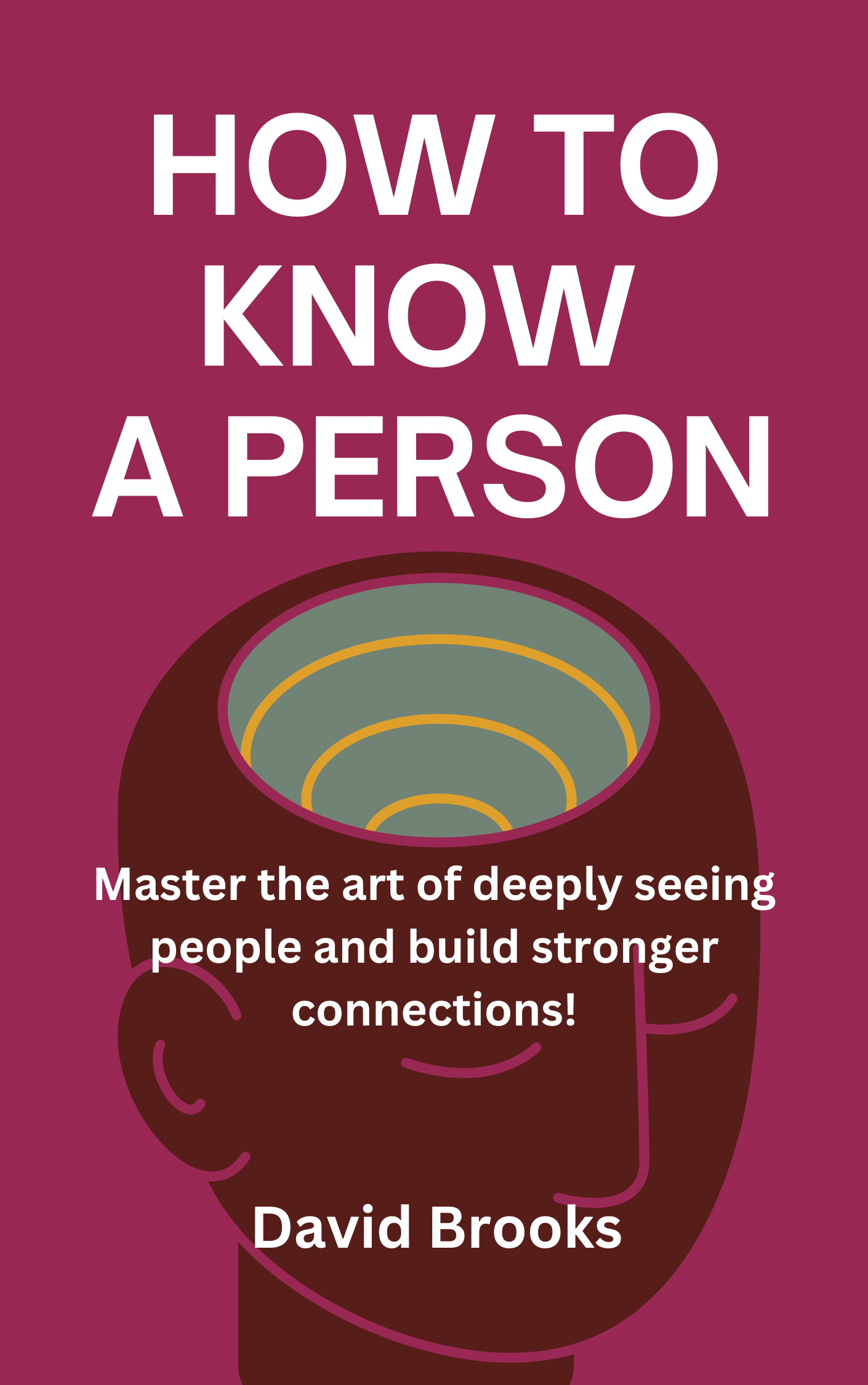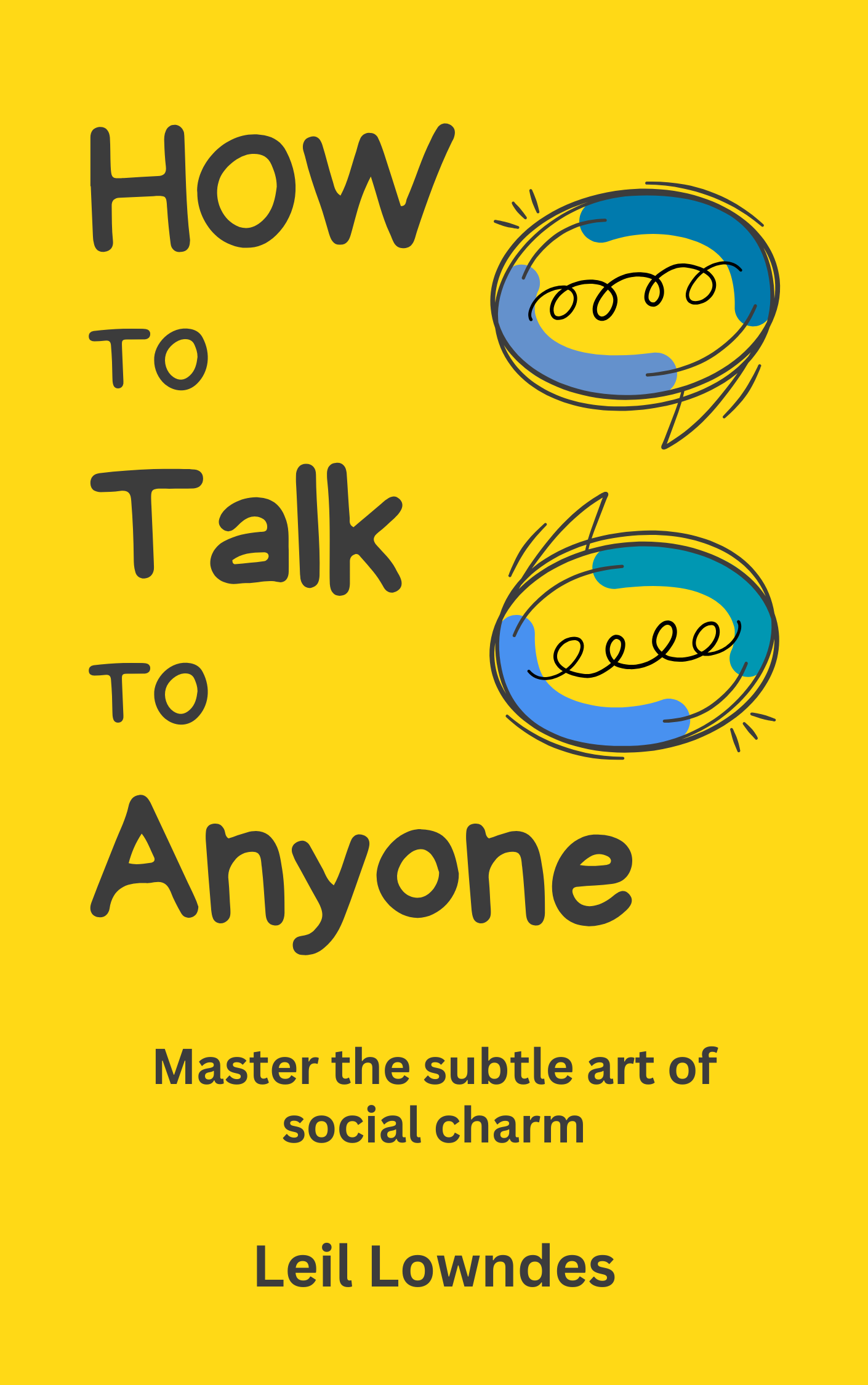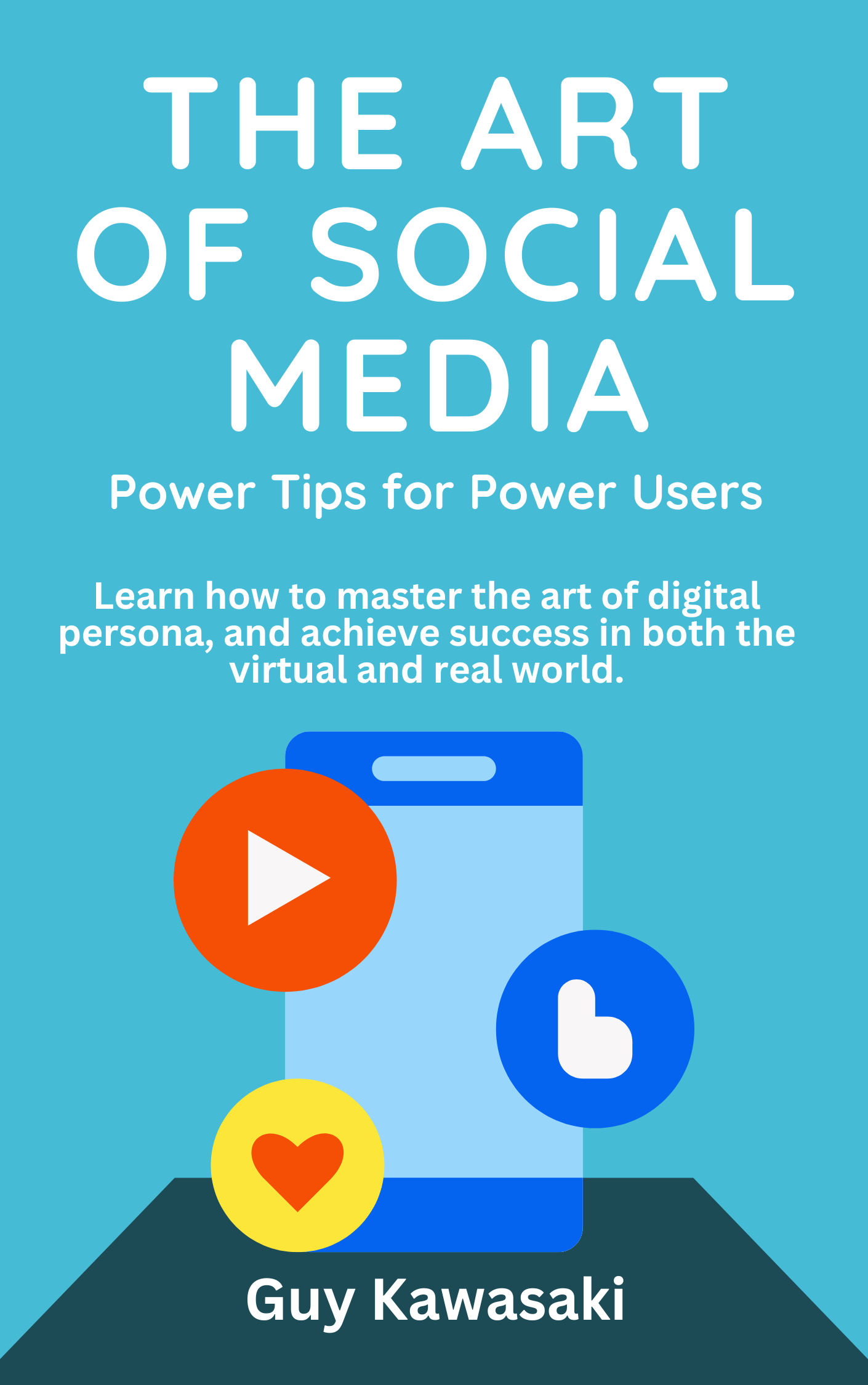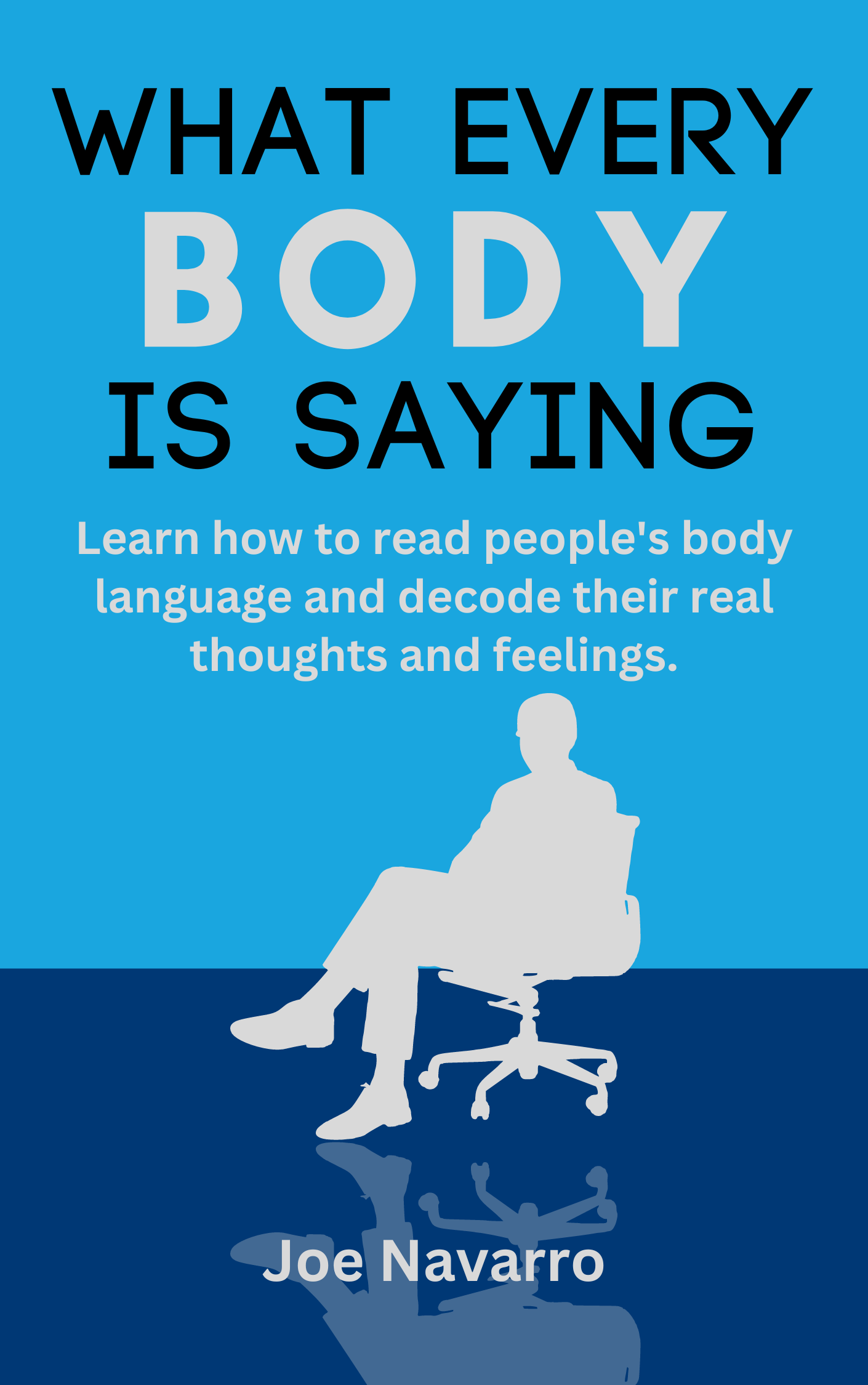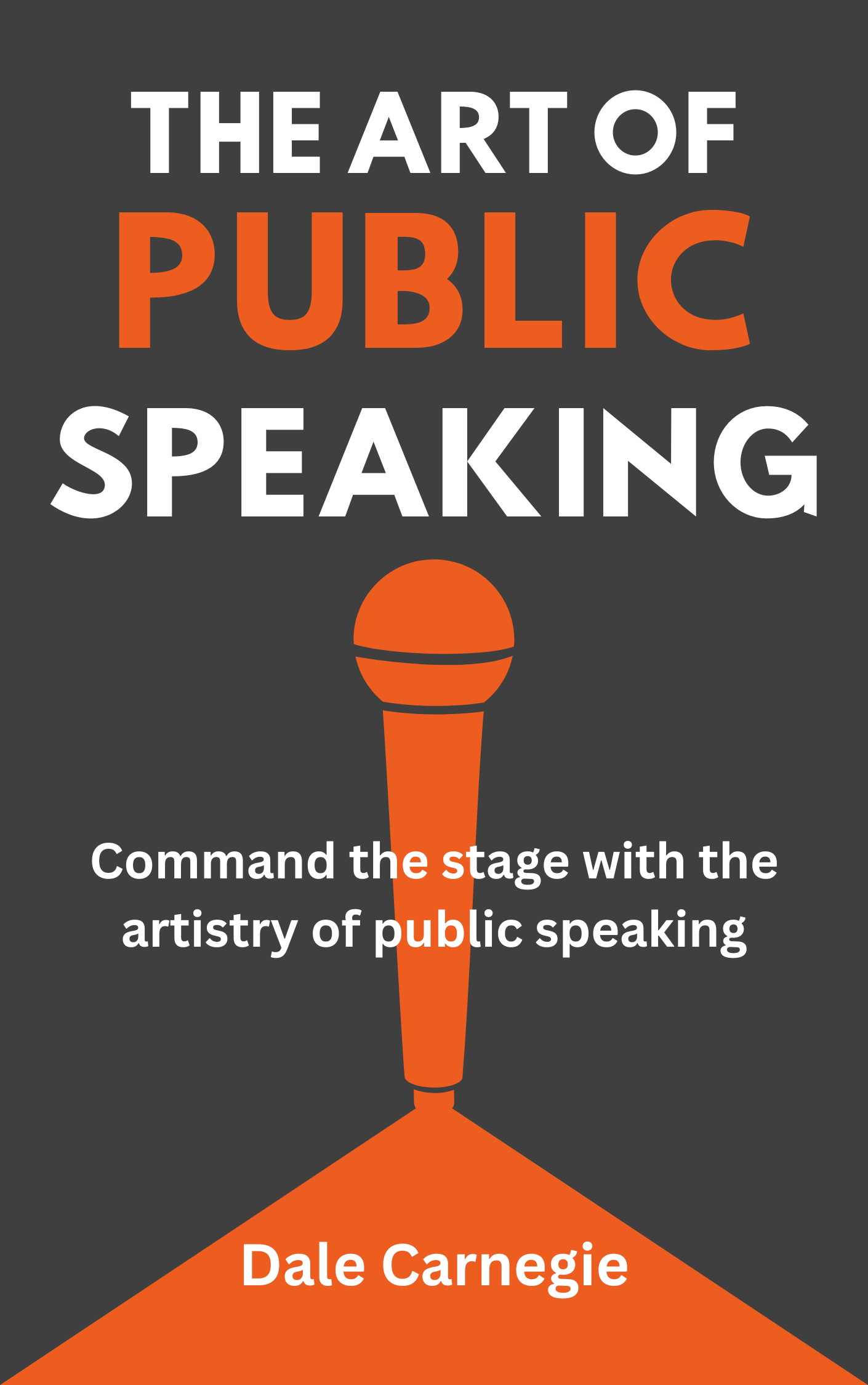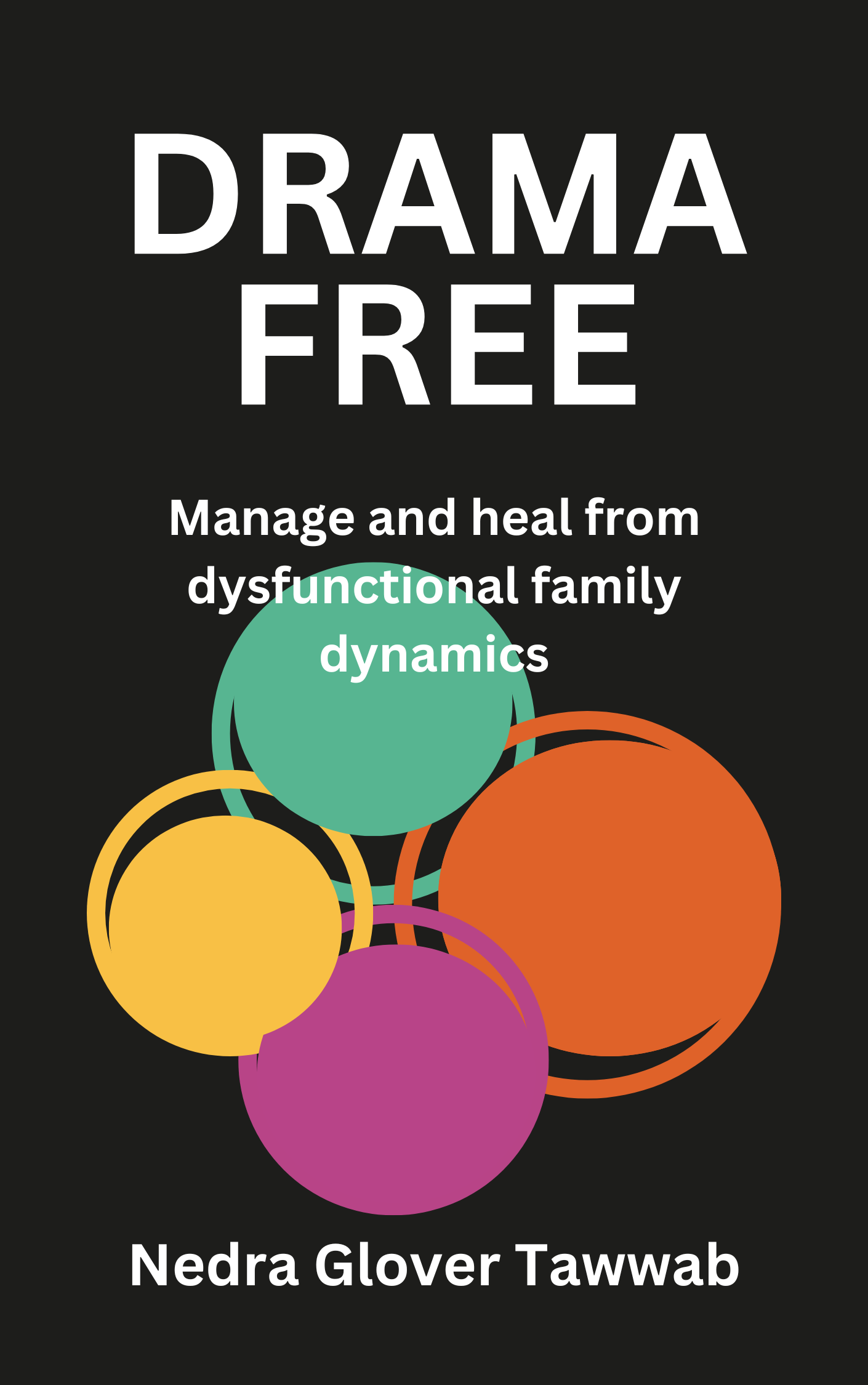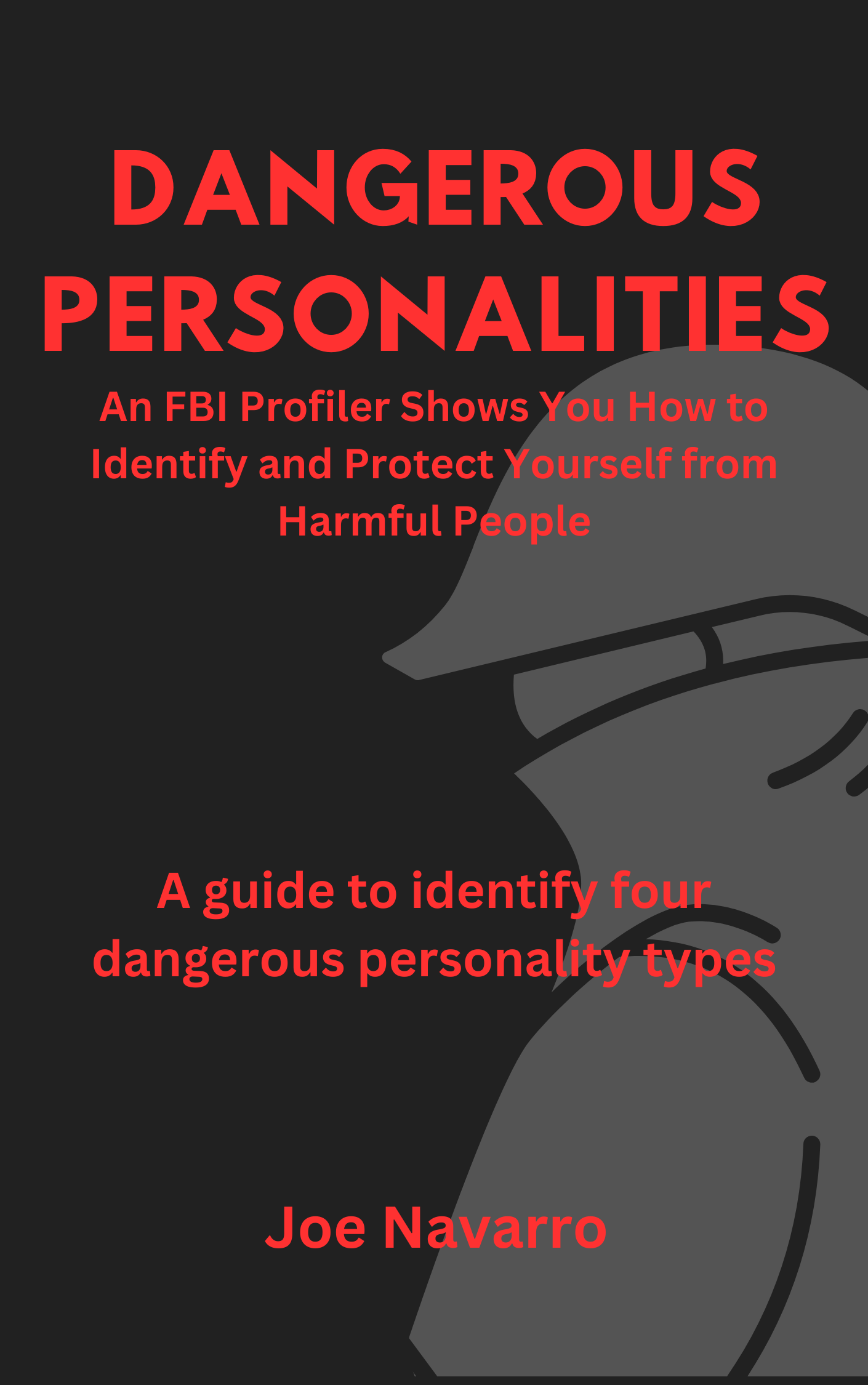Introduction
Imagine a writer, a bit messy, sitting at their desk with a cup of hot coffee. They're writing with all their might, sometimes stopping to cross things out or crumple up paper. Every now and then, they even toss a piece of paper across the room in frustration. After a short walk around the room, a brilliant idea hits them, and they're back to writing. Does this scene feel familiar?
Here's the twist – it's not just the pros. We've all been there, staring at a blank page, wondering where to begin, wrestling with words. Writing is a big deal. Practically every job demands it. But, here's the catch: most adults still struggle with it. That's where Kenneth Roman and Joel Raphaelson step in. Gurus in the field of American business marketing, they saw this writing struggle in the business world and decided to take action.
"Writing That Works" is not your typical dull manual; think of it as a friendly guide. Kenneth and Joel spill the beans on how to up your business writing game for top-notch communication and results. They cover the basics of good writing and share tips for emails, reports, letters, presentations, proposals, and speeches.
So, if you're up for a writing adventure that feels more like a friendly chat than a lecture, "Writing That Works" is your go-to. Let's unravel the mysteries of writing together and make your words work like magic!
Keep it short, simple and to the point
When you dive into writing, it's like stepping into a maze of words. It's tempting to make things sound all sophisticated, but that just confuses your reader from the get-go. The trick, and it's surprisingly simple, is to keep it down-to-earth and sound like you're having a chat.
Think short and sweet – short paragraphs, sentences, and simple words. For example, use "begin" instead of "commence." Keeping it natural is key too. Write like you talk and avoid jargons. The fancier your words, the more likely your reader gets lost. It has been established in a study by Dr Gould from Harvard University that the use of complicated jargons arises from the fear of not being taken seriously. So, instead of saying "the reasons are numerous," just say "there are many reasons." But, if you and your reader speak the same language - for example, are highly qualified in an advanced technical field,, a tad bit of fancy talk might be okay.
Well, they say that short and simple go hand in hand. So, trim out the extra fluff as you go. Instead of saying "the underlying causes," just say "because,” thus keeping your story short, simple and right on money!
The next step is to master specificity and accuracy for improving business writing. This means no claims that make your readers scratch their heads, like "our initiative got more people than ever before." Get specific with numbers or facts, like "we hit 150 participants this week."
Clarity also stops you from making things sound grander than they are, building trust with your reader. To keep it clear and inject some life into your writing, switch to an active, personal voice whenever you can. Say "we recommend," instead of "it is recommended." These moves are the secret sauce to taking your writing to the next level.
Next, think of one email lost in a sea of many, trying hard to get noticed. How can it be the attention-grabber from the start? Let’s find out in the next key idea.
How to write perfect letters for digital or traditional mails?
It all kicks off with the subject line. Craft it precisely to snatch your reader's attention right from their lock screen. But, here's the twist. In the sea of emails, there are spammers trying to trick you with urgent-sounding messages. We're avoiding that. Your subject line should be catchy yet professional. How? Just use a clear header like "Quick question about yesterday's talk" or "Follow-up from our recent chat." That way, your email stands out without seeming like a spam.
Once you’ve got your reader’s attention, it is time to set the right tone. The rule of thumb is positivity is your ally. Keep it friendly and light-hearted, striking the right balance between professionalism and informality. In serious moments, adjust your tone accordingly, but always keep it brief.
After getting the tone right, move on to the content. Keep it concise—three paragraphs or less. In a world of fleeting attention span, skip the lengthy background; dive straight into the point with an attention-grabbing "I-language." Using phrases like "I'd like to discuss" or "I recommend" can make your message more interesting and focused.
Certain moments demand a personal touch, and that's where old-fashioned letters shine. To ace them, remember these tips:
Start with a handwritten greeting – it adds warmth. Then, begin with a clear and short opening line, like a headline. For instance, you might say, "Ms. Maya has informed about the change of schedule."
Now, the important call to action (CTA). It's not just for sales pitches; it can guide your reader to various actions. Be specific in your request, like a simple "Reply to confirm you received the information." It is direct and effective. If it’s time-bound, include a deadline!
At the end, don't forget the sign-off with a friendly with "Warm regards," "Best wishes," or "Kind regards" if you're aiming for a positive impression. In more formal settings, opt for a poised "Sincerely" or "Cordially." Here you have it—a simple formula to conquer the mail game!
Next, besides knowing how to write, it is also important to know what to write as explained in the next section.
Why should the audience care? Show them!
Speak to what they want, ease their fears, sell your ideas, and get those funding cheers
In the world of business, you need to sell your ideas in writing. Here's a trick to do that: be direct and straight to the point. Start by introducing your topic and recommendation's nature in the opening paragraph. It sets the reader on the right path.
Next, build up your credibility by showing your expertise with background information. For example, a consulting firm convinced a botanical garden board to invest into a sustainable environmental program with a sharp financial analysis of their past successful projects. Emphasize on advantages by linking them to goals, such as "achieving a favourable return on investment" so that your recommendation finds a suitable audience. But when it comes to seeking for funding, it requires specificity in approach. It can be done by clearly stating the amount and its usage over the course of time in the initial paragraphs, aligning with the funder's criteria. Build a logically structured argument backed by evidence. Infuse urgency, revealing potential project losses without funding.
Finally, captivate your reader. Share a story that begins with a vivid description of someone's life changing, all because of the funding they received.
Next up, if you’re wondering about the relevance of traditional mail in this digitalized age, the next section will clear it up!
Old is gold. Use the potential of traditional snail mail to your advantage
Unlocking the power of old-school mail in our high-tech world can really boost your message. Start small, target your audience wisely, and avoid guesswork. Small changes like adjusting prices or choosing the right day to send your mail, can make a big impact.
These few marketing strategies will come in handy. Shout out your offer boldly on the envelope, hinting at the treasure inside. Deliver on that promise with something special—maybe a discount or a free trial. Take a hint from American Express, who kicked off their mail with a bold statement: "Quite frankly, the American Express card is not for everyone."
Don't underestimate the power of the postscript (P.S.). It's the sweet spot, for say, limited-time offers that say, "Act now!"
If you're using direct mail to fundraise, stir emotions in your letters. Build relationships by staying in touch and showing appreciation. When it's time to ask for donations, suggest a specific amount, and make it personal. Tailoring your appeal to each reader can make a world of difference.
That’s writing for business. How about writing tips for individuals. Writing is equally important in the world of employers and employees to land your dream job. How? Learn it with us next.
Secure your dream job - resumes and cover letters
Your job application can change your life more than anything else you write. But companies don't hire pieces of paper; they hire individuals. So, what's the big deal about a well-crafted resume? A sharp, focused, and clear resume significantly boosts your chances of scoring that interview slot. Whether it's reaching the hiring manager's desk via traditional mail or appearing in their inbox online, a compelling resume sets the stage for your next career move.
The single most important section is a heading that summarizes your offer to a prospective employer in terms of experience, skills, results or interests, or your job objective. Put the summary at the head of your resume, in boldface type. For say, “Information technology officer with track record in Business Process Reengineering.”
Proceed by crafting a chronological record of your past roles, detailing dates, locations, and the scope of each position. Highlight specific achievements and results, excluding small and old stuff like travel experiences or photos. Skip your age as well.
Now it's time to write a compelling cover letter that gets your resume read. Employers decide from your cover letter whether your resume is worth that time.
Begin with a personalized touch; address the recipient by name, like "Dear Ms. Brown," steering clear of generic titles like “Dear Esteemed Director.” Next, state your purpose in a direct manner; for instance, “I'm writing to express my interest in the business analyst position.” Proceed to outline your key qualifications, focusing on details you'd comfortably discuss in person.
Once you’re through with these steps, follow up. It requires minimal effort and sets you apart from the crowd! Thank them for their time and consideration.
However it goes, remember: “A resume is the first impression of you. Not the final impression — that is you.”
Is it done? Well, not really, not without adding the finishing touch to your masterpiece.
Polish and format with care to create a piece that's a joy to stare!
Reaching the end of your document might feel like crossing the finish line, but hold on! The real magic happens in the editing phase. It's a crucial step where you smooth out rough edges, refine your language, and ensure your message sparkles. For effective editing, Kenneth and Joel offer these tips:
First off, “When you revise, be ruthless!” Cut anything that doesn't absolutely need to be there. Mark Twain would slash every third word for writing to truly sizzle.
Second off, “Give it time.” Let your writing breathe. Taking a break between drafts provides a fresh perspective. Rushing back too soon might make you read what you remember, not what's actually written. Always recheck the facts. Even a single wrong stat can sink your whole reputation. Align the order for a logical flow in the story.
Third off, “Seek feedback.” In business writing, your audience matters. Invite others to review your work; their fresh eyes can reveal whether your message resonates. Even the legendary David Ogilvy sought improvement, sending drafts with a humble note: "Please Improve."
Chapter 10
Details coming soon.
Summary
Stepping into business communication can be a bit like entering hell. The shift from our everyday casual talk to the more formal business language might make you feel like you're trying on an entirely new persona. But here's the good news: according to Kenneth and Joel, professional communication doesn't have to be a scary, formal affair! You don't need to sound like someone from the 1800s with all the "therefores" and "whatsoevers."
Simply put, keep it friendly, brief, and clear. Say goodbye to the old-fashioned formalities. Your communication can be relaxed yet professional. Limit your email to three paragraphs, toss in an engaging subject line, and follow some easy steps to share your information effectively and strike that right tone. With these practical writing strategies, you'll find that business communication isn't as intimidating as it might seem!
What is one thing you could do to improve your writing?





.png)
